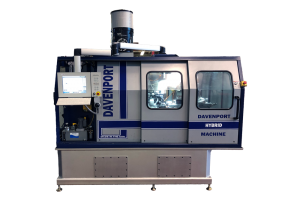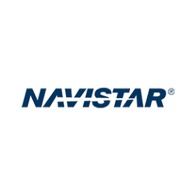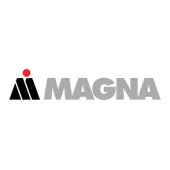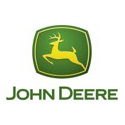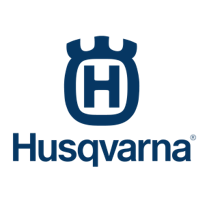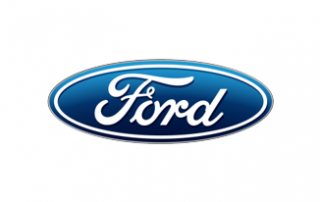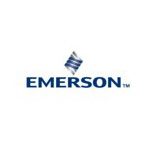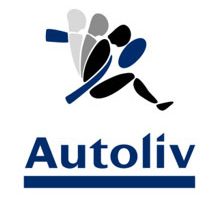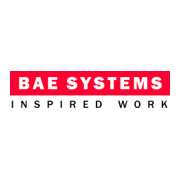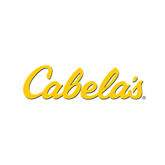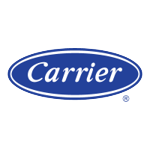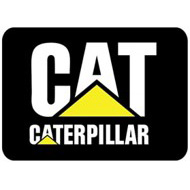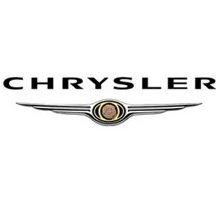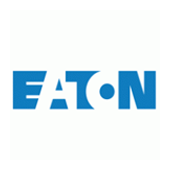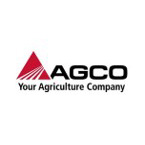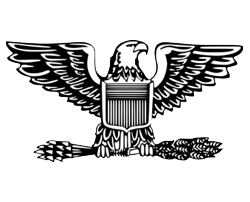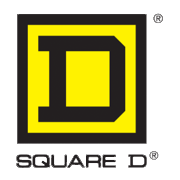HIGH VOLUME SCREW MACHINED PRODUCTS
Davenport screw machines manage stock size from 3/32 round to 7/8 round. Davenports can also turn hex stock and square stock to almost any geometry. Typical products turned off a Davenport are fittings, pins, spacers, ball studs, nuts, sleeves, compression limiters, bushings, retainers, dowels, rivets, tube nuts, inserts, compression fittings, sleeves, plugs, screws, knurled pins and lock screws to name just a few.
Manufacturing small parts is what our screw machines do best! We have the capacity to run three shifts managing small 20,000pc orders into millions and millions of parts for a single release or multiple releases. Through our machine upgrade and rebuild program JCGibbons can continue to manage a tolerance of +/- .0007″ on diameters. This preventative maintenance program is one key component as to why JCGibbons is superior to other screw machine companies. Currently we are operating 28 Davenports with real estate to add additional capacity.
Typical screw machine grades of material
- 12L14 Steel
- 1215 Steel
- 2011 Aluminum
- 6061 Aluminum
- 6062 Aluminum
- 360 Brass
- 303 Stainless Steel
- 416 Stainless Steel
Depending on the geometry of the part we can also machine 1018 and 4140 steel.

